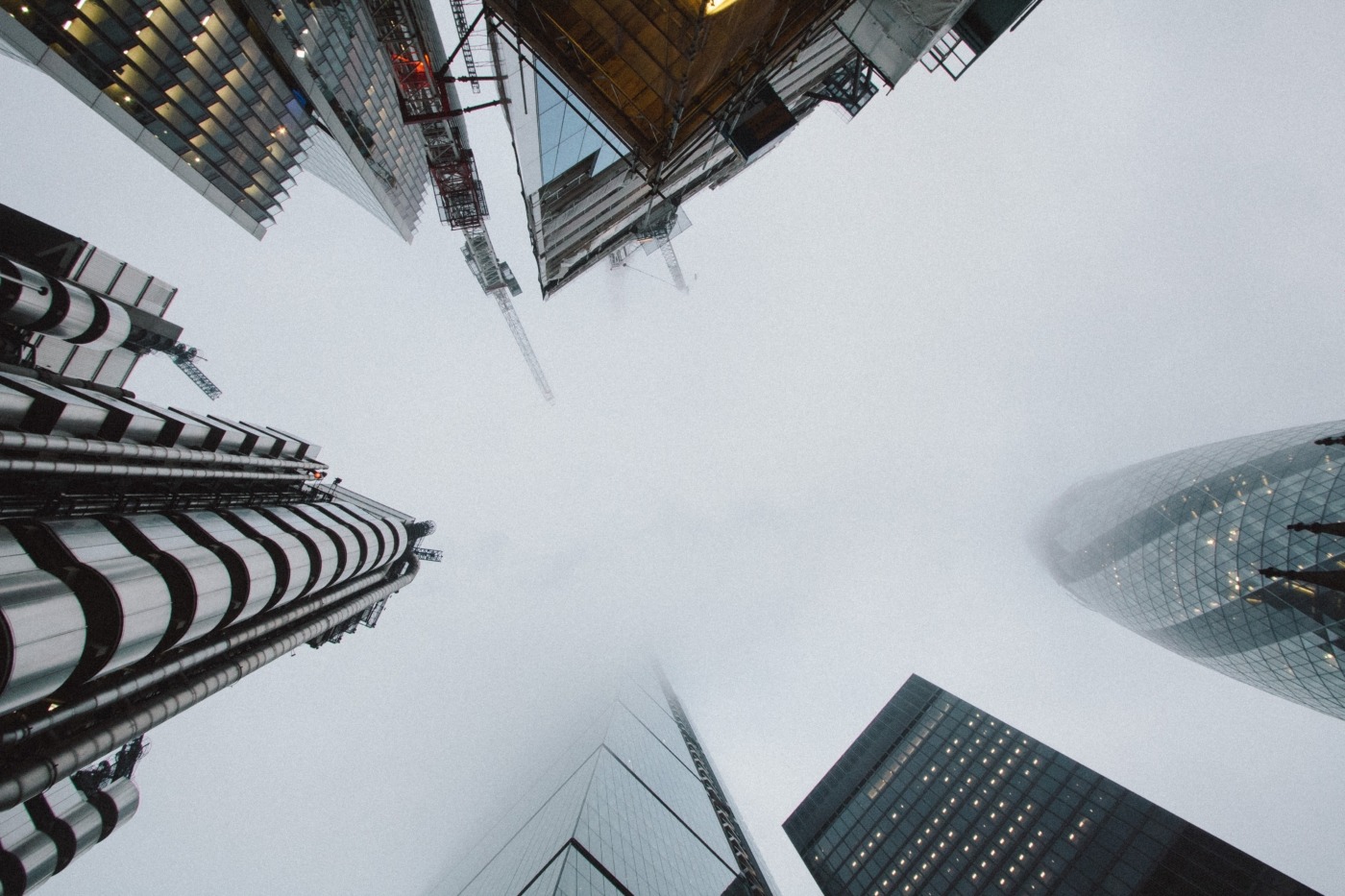The markets’ Covid-19 fix: the coronavirus correction
While free-falling asset prices and the overblown hysteria around coronavirus may seem crazy, it makes perfect sense. Markets have been overpriced and inflated for too long now, supported by easing actions from central banks. As the coronavirus crisis is battering the global economy, central bankers no longer have much arsenal left to lift the gloom. The obvious answer has been to use expansionary fiscal measures to bolster business back to life. But again, many large economies find themselves stretched to the limit to how much more debt they can add to their public finances. While the UK has been quick to respond with several multibillion-dollar stimulus packages, most other governments do not have similar fiscal headroom.
Markets can be expected to stay in correction territory for months to come
For the first time since the crash, the market will be able to correct itself without undue external factors stimulating growth. Many easing policies coming central banks including rate cuts, buy-back programs and debt injections failed to calm nerves in the markets. This is not because these programs are not adequate in size or the market is irresponsive but because equities are genuinely overvalued. Even after a temporary rally in asset prices lifted markets out of the bear, equities remain 25% below their peak. The fall is not a temporary phenomenon, but a permanent correction and markets can be expected to stay in correction territory for months to come. This implies the end of overpriced equities and large pockets of value being created in sectors that will be worst hit. The likes of energy companies, which have taken a double beating from the market crash and the oil price war might be attractive bets, at least in the medium term.
As a recessionary downturn becomes more and more evident, debt-laden companies might be edging towards failure, creating a series of bad loans and liquidity crunch in the short-term. Low interest rates have led to more debt-fuelled growth for corporates across the world and debt-driven consumer spending. If consumers now are less willing to take on greater credit to spend, businesses can expect declining revenues, and this may leave them scrambling for cash to meet their hefty debt obligations. While debt restructuring and refinancing can be expected to soar through the roof in countries with more developed capital markets, the kind of havoc that debtors defaulting can cause in emerging economies is only apparent from the recent woes of India. This may also mean that in the longer run, both consumer and corporate debt will return to more sustainable levels but not without the pain of watching some big names collapsing, and jobs disappearing.
As the weeks have gone by, investors have pulled more and more money out of funds and forced managers to sell-off assets to meet the demand. But for asset managers, the end of the bull could not have come at a better time. The illusion of liquidity and eternal growth created by ETFs and passive funds is being dispelled. Developed markets flushed with liquidity are set to mimic their counterparts in the emerging world where actively managed funds regularly beat the index. Once the crisis is gone, we can expect exodus of cash from passive funds back to asset managers. On the sell side, M&A might just keep growing as value returns to markets, but massive debt fuelled deals will be a thing of the past. As companies will struggle with a downturn in the global economy, consolidation in more saturated sectors, acquisition of smaller competitors and shedding of assets by debt-laden corporations is set to pick-up. Private Equity firms and holding companies like Berkshire Hathaway, which are sitting on hundreds of billions of dollars in cash will definitely not forgo this opportunity to buy-out formidable businesses at a discount.
Quantitative easing distorted markets and eroded fundamentals as investors became addicted to stimulus from central banks
The silver lining in all of this; financial markets and economic growth will return to normal, finally. In spite of the longest bull on record, the recovery from 2008 has been painful. Quantitative easing distorted markets and eroded fundamentals as investors became addicted to stimulus from central banks. Even as the Fed promises QE infinity to prop up the markets, much of the correction can be expected to remain. The much-needed fiscal relief means that expanding central banks’ balance sheets come with an end in sight. Going into the 2020s, interest can be expected to go up as high government spending and borrowing will start putting pressure on the inflation and borrowing costs. The crash will to leave many structural changes in the economy like a more balanced role for both fiscal and monetary policy, a more interventionist government in the short term and hopefully, a more reliable financial infrastructure and macroeconomic policymaking for the generations to come.

Comments